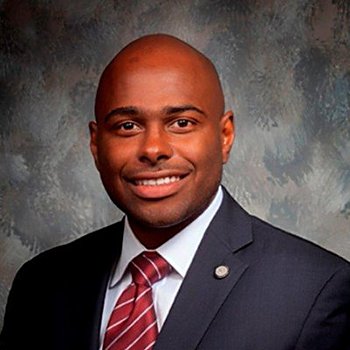A company that values diversity and inclusion creates an environment where people feel good about their contributions; where they can take chances and make mistakes.
That makes diversity and inclusion more than a nice-to-have; it’s an imperative if you hope to reach your full potential.
But how do you know what a company values until you’re within its walls?
Here’s how: Has the company been recognized for ethical behavior? What about its diversity and inclusion practices?
Organizations such as Ethisphere® Institute and Catalyst do the research, and companies that earn this recognition are a good place to start your job search – or expand your career.
Good Leaders Listen (Then Act)
Corporations are microcosms of our bigger world, so there will be problems. It’s not a lack of issues that tells you if a company prioritizes a healthy culture; it’s how those issues are addressed.
Leaders listen, because before you can solve a problem, you have to admit there is one.
Does your company have employee resource groups (ERGs) and a consistent way to get feedback? Once issues are identified, is there a path forward to resolution, through employee surveys, advisory councils and work teams? Are leaders inviting employees to collaborate, learn more, and solve problems together?
It’s Up To You
Now you’re in a great place. How do you get where you want to go?
My grandparents taught me my greatest lessons about success. My grandfather had an unquestionable work ethic. He said, “Work hard every day and eventually you’ll find yourself in the place you want to be.” Truth.
That mindset requires patience – and sometimes that’s a struggle. There’s the path (maybe it’s to a bigger role or to managing people); now let’s go. And you just might reach your goal quickly, but you won’t feel successful when you get there. You missed the lessons. You missed the relationship building. You missed the mark.



